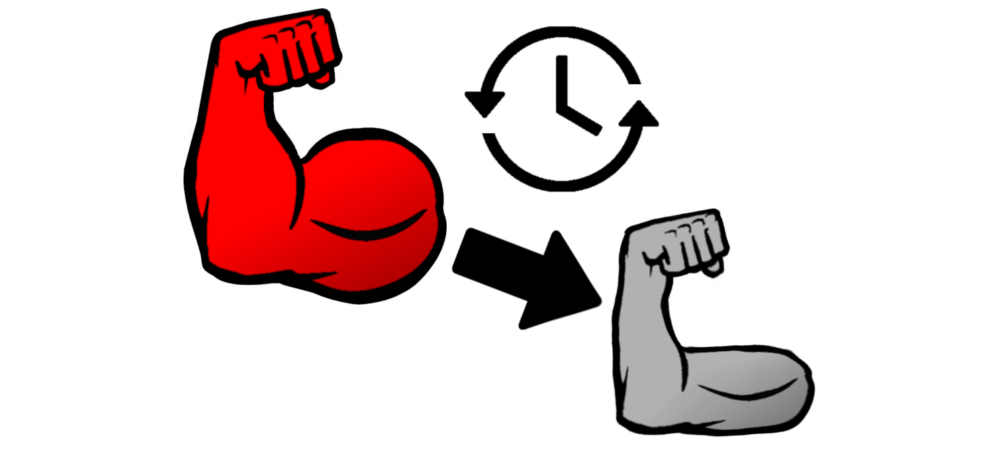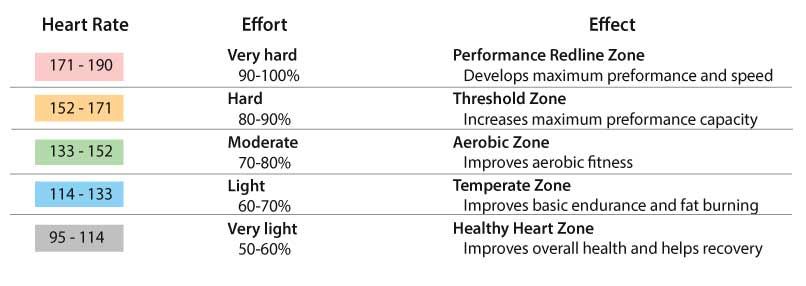Cardiovascular Endurance with Injuries
Posted on April 24th, 2019 by Andries Lodder
One of the most common phrases we often hear is “you need to improve your fitness levels” …But what does that mean?!
Cardiovascular endurance is also known as aerobic capacity. This is the body’s ability to sustain submaximal exercise over an extended period of time. This ability depends on the competence of the pulmonary and cardiovascular systems.
Factors that affect the efficiency of the cardiovascular and pulmonary systems:
- Sedentary lifestyle
- Injury
- Pulmonary disease
- Asthma
- COPD
- Heart disease
- Chronic heart failure
- Ischemia
- Lifestyle and metabolic disease
- Diabetes (type 1 and 2)
- Hypertension
- Neuromuscular disease
- Stroke
- Brain injury
- Orthopaedic diseases and disabilities
- Arthritis
- Osteoporosis
- Immunological and hematological disorders
- HIV/AIDS
- Cancer
All of the above-mentioned factors have an effect on aerobic capacity due to direct impact on the heart and lungs or an indirect impact by continuous disuse of the cardiovascular system. These factors need specific types and amounts to combat the decline in aerobic system. This is where a Biokineticist can help! We are able to design a structured and specific aerobic exercise program taking into consideration the specific needs of the individual.
How do you continue training your cardiovascular system if you are injured?
Injured – rest is advise. This could lead to detraining of the cardiovascular system within 1-2 weeks.
What is detraining?

Due to their aerobic capacity declining, when they return to sport they have a high chance of injury reoccurring due to fatigue setting in. This can be combated by doing non-weight bearing exercises during the rehabilitation phase of the injured side such as swimming, rowing or biking or use of the upper body such as arm ergometry when the lower body has been injured. As the individuals pain scale and condition improves, they can progress to walking, cross – country, running or jumping rope.
What is the ideal amount of aerobic exercise one should do?
- Moderate intensity aerobic activity: 5 or more days per week, for a minimum of 30 minutes
- Vigorous-intensity aerobic activity: 3 or more days per week, for a minimum of 20 minutes
How can you work out what your target heart rate is?

By using a simple formula, one can calculate what heart rate to work at.
THRmax = 220 – age. x %
- Example we want to work at 65% for a 75 year old.
- 220-75 (age)
- = 145 x 65%
- =94.25 Bpm
This means we will be training at 65% of his heart rate max.
For untrained and injured individuals we always train at a lower intensity and then build up endurance until the individual is able to cope at a higher intensity for a longer period of time.
It takes approximately 6 – 8 weeks for an individual to show improvement in his aerobic capacity thus continuous aerobic training will improve one’s fitness levels which will ultimately benefit in longer training sessions, reduced fatigue and reinjury.
Let’s keep active and stay injury free! For assistance with staying fit and injury free contact us.
Tweet
